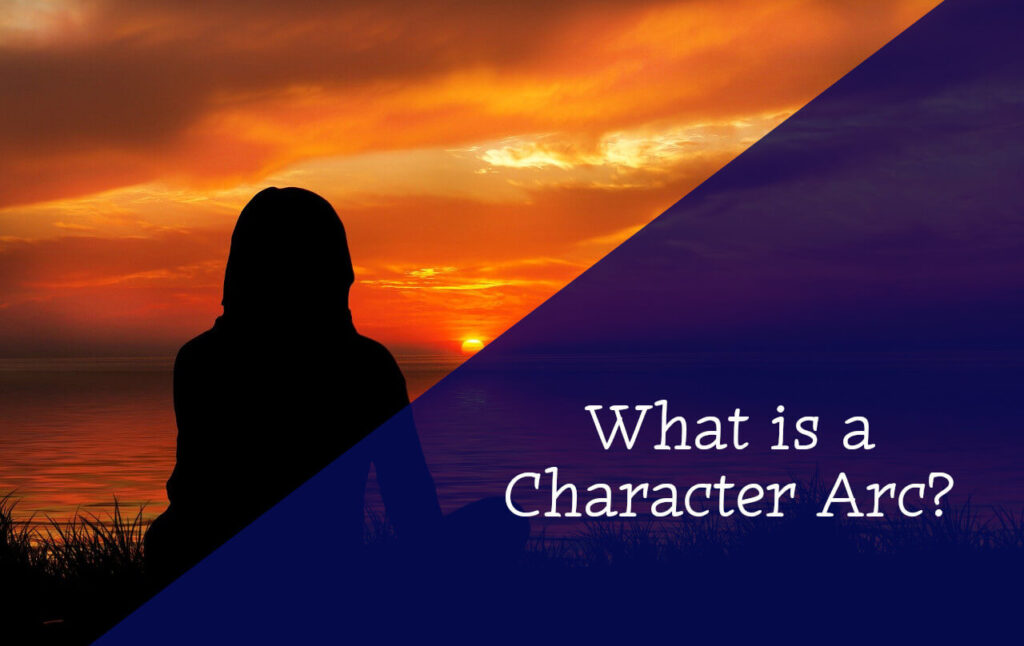We recently discussed what a story arc is and why it’s so important. Well, stories aren’t the only elements that have arcs: characters do too.

A character arc is the shape of the inner journey a character takes over the course of the story. Stories are all about change and those changes are shown through character arcs. Not every character needs to have an arc, in fact, often it’s only the protagonist who goes through a dramatic change.
It’s also worth noting that in some stories the character arc is the main focus but in other stories (often action based ones) the story arc is the most important element.
There are three types of character arcs: positive, steadfast, and negative. Here is a brief description of each.
Positive Arcs
By the end of the novel, the character has changed for the better. Positive arcs start with the character believing a lie or being in denial about something. This lie or denial will cause them harm in some way. Throughout the story the character faces both internal and external conflict which forces them to confront the lie. Doing so will usually help them defeat the antagonist. The end of the story shows the character letting go of the lie and achieving their goal. Positive character arcs are the most common type of arc seen in novels.
Characters with a positive arc: Malta Vestrit (Liveship Traders), Bilbo Baggins (The Hobbit)
Steadfast Arcs
By the end of the novel the character has not changed but has changed the world around them. Rather than being hindered by a lie as with the character in a positive arc, the steadfast arc’s character knows an important truth which they are resolved to hold on to. They face both internal and external conflict but the truth they know helps them overcome these conflicts which in turn strengthens their belief in the truth. The steadfast arc is sometimes called a flat arc despite an arcs inability to be flat.
Characters with a steadfast arc: Katniss Everdeen (The Hunger Games), Diane Price (Wonderwoman)
Negative Arcs
By the end of the novel the character has changed for the worse. The character rejects the truth in favour of a lie, never overcomes the lie they initially believed, or they discover something even worse. Any of these options will ultimately lead to the character’s downfall. Negative arcs are all about self-destruction.
Characters with a negative arc: Anakin Skywalker (Star Wars), Dorian Gray (The Picture of Dorian Gray)
Character arcs are important because while the story arc may be fascinating, it is the characters we are rooting for. A poorly executed character arc can leave us feeling disappointed at the end of an otherwise good book because the character hasn’t grown or changed.
The changes a character undergoes can be drastic and show the transformation from one type of person to someone else entirely. The changes can also be small but significant showing the character change in a more subtle way.
Do you have any questions about character arcs? If so, drop them in the comments.

2 thoughts on “Character Arc: the Good, the Bad, and the Neutral”